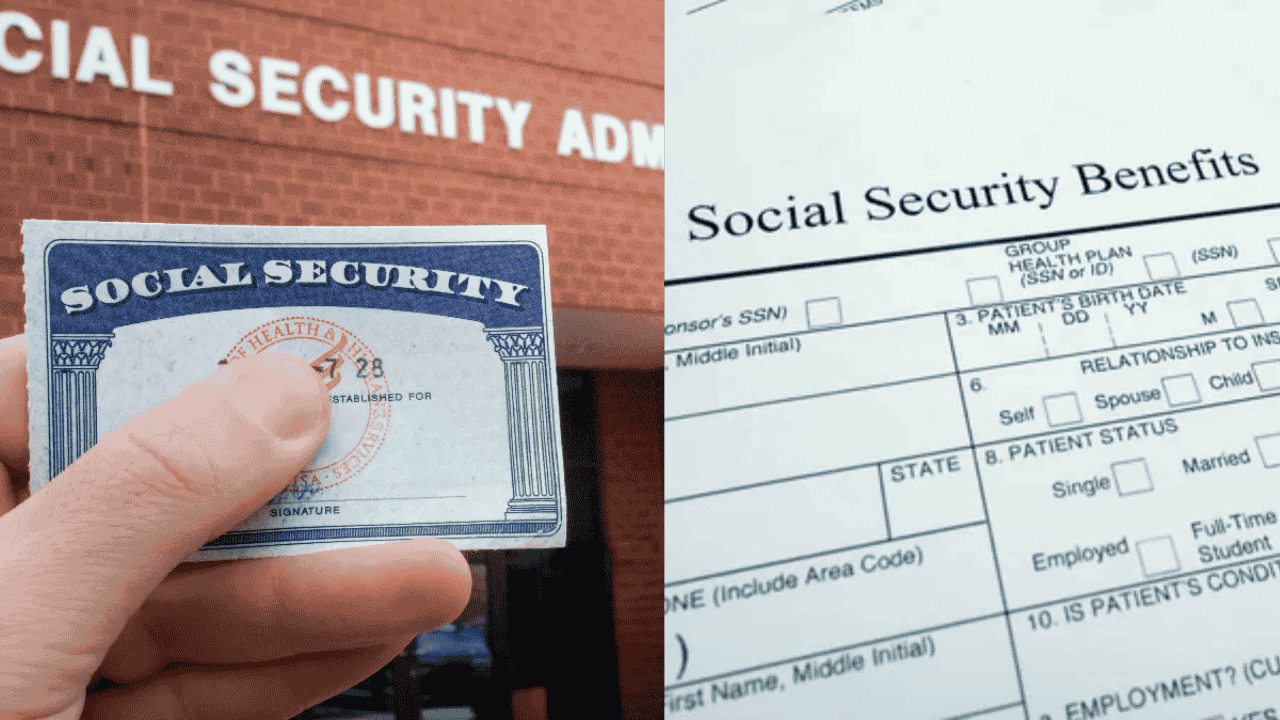When it comes to receiving Social Security benefits in the U.S., many people assume that the check amount is fixed. But in reality, there are two important factors that determine how much you get: how long you’ve worked and the age at which you start collecting benefits. These details can make a big difference in the amount you receive each month—and in some cases, even affect whether you qualify at all.
If you’re aiming for the highest possible monthly payment, you’ll need more than just time on the job. A long, steady work history and delaying your retirement until age 70 can significantly boost your payout. The Social Security Administration takes your top 35 earning years into account, so the more you earn and the longer you wait to claim benefits, the bigger your check can be.
What Really Decides Your Social Security Payment?

Receiving Social Security retirement benefits means you’ll have a steady monthly income later in life, but the actual amount you get isn’t the same for everyone. As of April 2025, the Social Security Administration looks at two main things to decide your check amount: how many years you’ve worked and the age at which you choose to start collecting your benefits.
To qualify for retirement benefits, you need to be at least 62 years old and have worked for at least 10 years. These work years don’t have to be back-to-back, which gives a bit of flexibility for those who may have taken breaks in their career. However, starting to collect your benefits right at 62 usually means a smaller monthly payment.
If your goal is to get a higher monthly income, waiting longer before you start collecting is a smart move. The longer you delay, the more you can receive. For example, those who hold off until age 70 could get as much as $5,180 per month in 2025. But it takes planning—this higher payout usually requires working for at least 35 years and having a high salary throughout those years.
Why Waiting Pays Off
Holding off on retirement not only increases your Social Security benefit—it also gives you more time to grow your savings and investments. The Social Security Administration rewards delayed retirement with higher monthly payments, thanks to what’s called delayed retirement credits. Every year you wait beyond your full retirement age (usually around 66 or 67), your benefit grows.
Also, the Social Security system calculates your benefit based on your highest 35 years of earnings. That means the more high-earning years you have, the better. If you’ve worked fewer than 35 years, the missing years will be counted as zeroes, which can lower your average and reduce your monthly benefit. So staying in the workforce longer and aiming for a higher salary can make a real difference.









